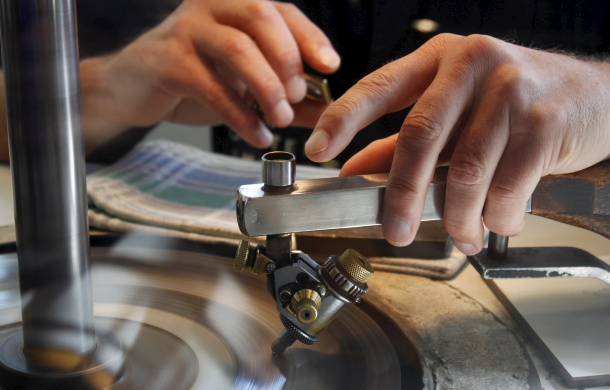
The number of bidders at the recent 2019 Argyle Pink Diamonds Tender saw double-digit growth with buyers vying to get their hands on some of the last diamonds to come from the Argyle diamond mine. The mine is scheduled to close at the end of 2020.
While Rio Tinto does not disclose the value of winning bids, it said that over the past 19 years, the value of diamonds sold at Tender has appreciated over 500 percent, outperforming all major equity markets.
The most valuable lot in the collection, the Argyle Enigma, a 1.75-carat modified radiant fancy red diamond, was won by Australian based Argyle Pink Diamonds partner Blue Star & Kiven Diamonds who also won the 1.37-carat oval-shaped fancy vivid purplish pink Argyle Verity.
“No other diamonds on earth match the rarity and provenance of Argyle pink diamonds. To have acquired two of the last Argyle pink diamonds to ever be unearthed, and one of the few Fancy Red Argyle diamonds in existence is the ultimate privilege,” said Ron Kiven, director of Blue Star & Kiven Diamonds.
This year, Rio Tinto also offered The Argyle Pink Everlastings Collection comprising smaller Argyle pink and red diamonds totaling 211 carats. The entire collection was purchased by Hong Kong fancy colored diamond specialist Kunming Diamonds.
“This is a dream come true, a rare opportunity to acquire a once in a lifetime collection of pink and red Argyle diamonds,” said Kunming Diamonds director Harsh Maheshwari. “With the imminent closure of the Argyle mine, a collection such as this deserves to be showcased to the world and we look forward to announcing our plans at a later date.”
Source: DCLA





